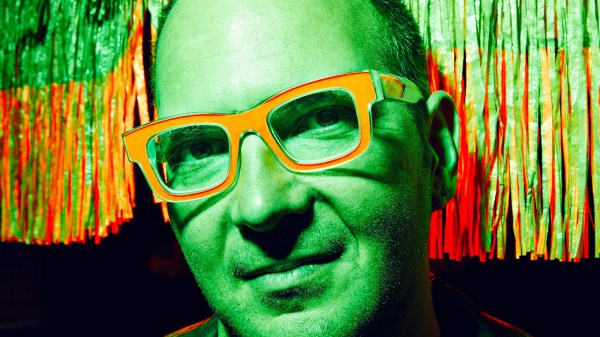Those of us old enough to remember BBS servers or even rainbow banners often go down the nostalgia hole about how the internet was better “back in the day” than it is now as a handful of middlemen with a stranglehold on the way we interact with information, commerce, and even other people. Where’s the disintermediated future we were promised? More importantly, can we make a “new good web” that puts users first? [Cory Doctorow] has a plan to reverse what he’s come to call enshittification, or the lifecycle of the extractionist tech platform, and he shared it with us as the Supercon 2023 keynote.
As [Doctorow] sees it, there’s a particular arc to every evil platform’s lifecycle. First, the platform will treat its users fairly and provide enough value to accumulate as many as possible. Then, once a certain critical mass is reached, the platform pivots to exploiting those users to sell them out to the business customers of the platform. Once there’s enough buy-in by business customers, the platform squeezes both users and businesses to eke out every cent for their investors before collapsing in on itself.
Doctorow tells us, “Enshittification isn’t inevitable.” There have been tech platforms that rose and fell without it, but he describes a set of three criteria that make the process unavoidable.
- Lack of competition in the market via mergers and acquisitions
- Companies change things on the back end (“twiddle their knobs”) to improve their fortunes and have a united, consolidated front to prevent any lawmaking that might constrain them
- Companies then embrace tech law to prevent new entrants into the market or consumer rights (see: DMCA, etc.)

















